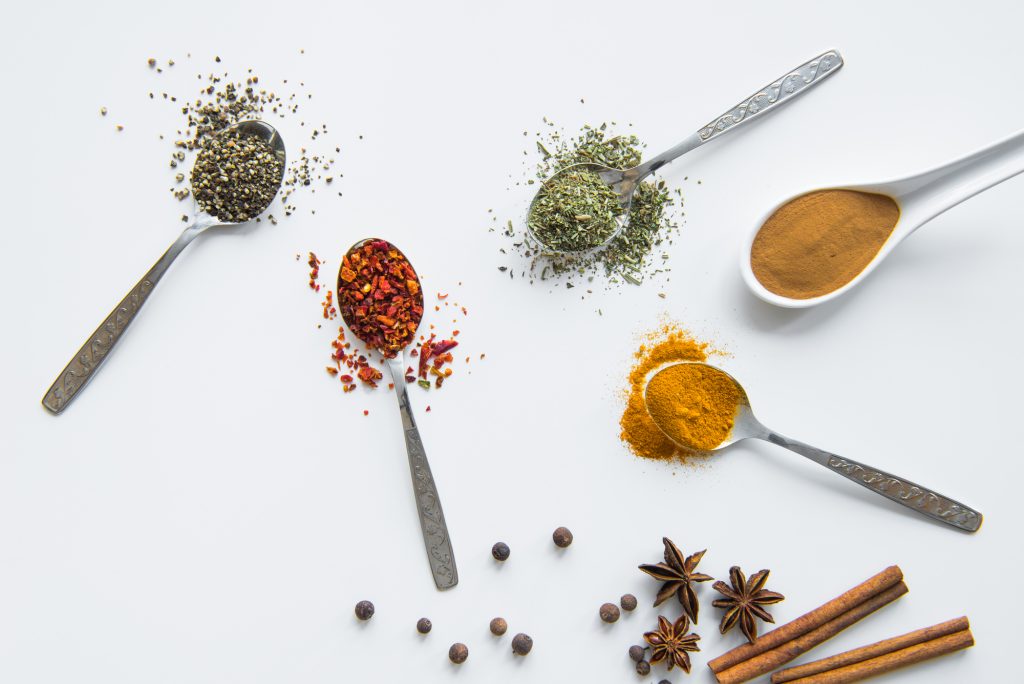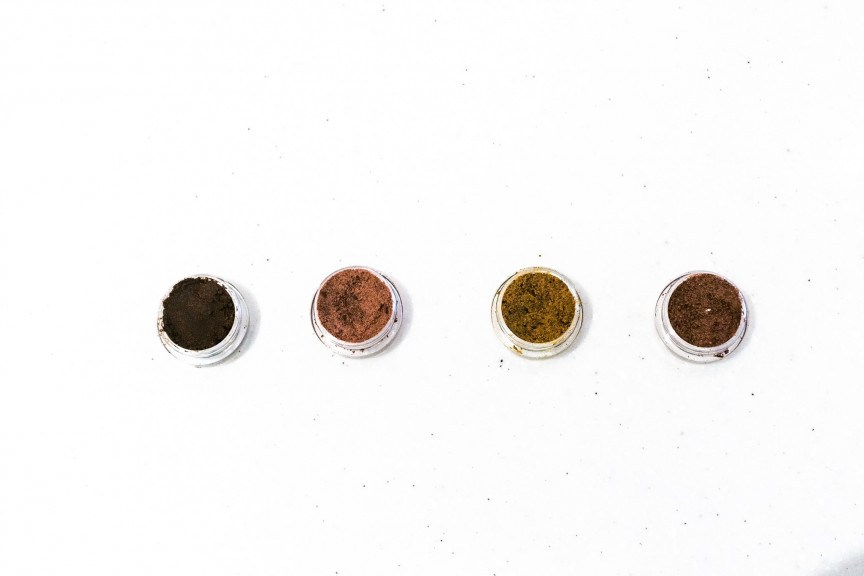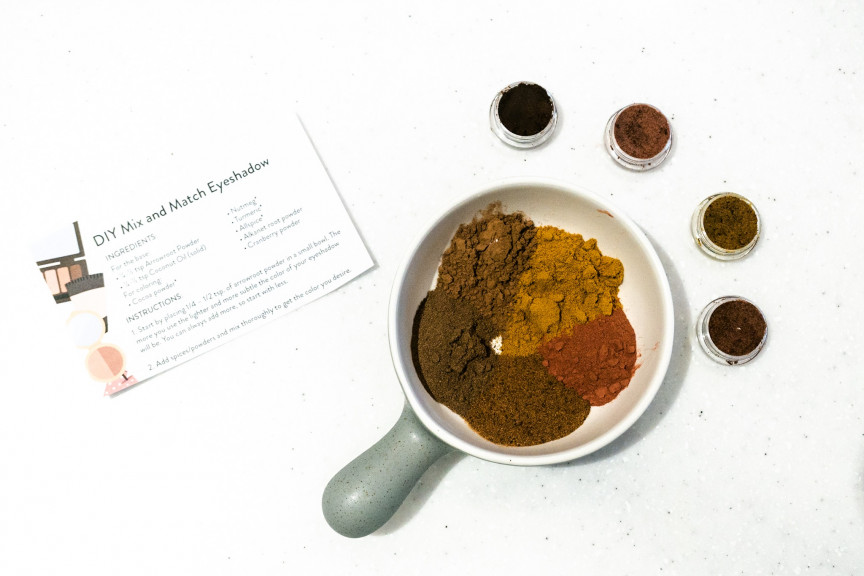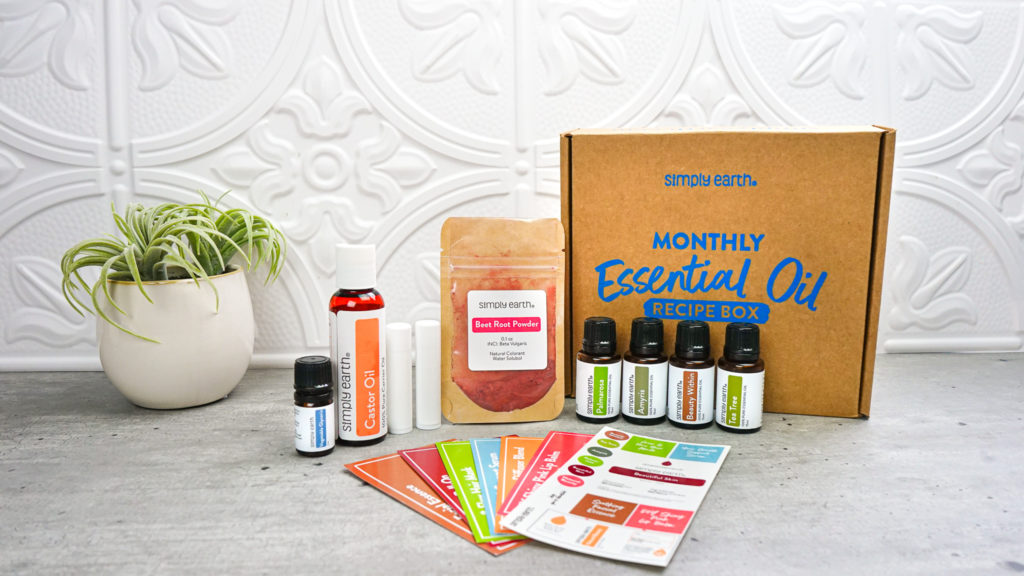
Because of an increase in environmental and health awareness, there’s a rise in demand for natural and all-organic products. In cosmetics, this does not come as a surprise since commercial make-ups are filled with a handful of harmful chemicals like lead, petroleum, endocrine-disrupting plastics, and more.
One important ingredient for cosmetics is colorants. Synthetic colorants provide color or stain to the products to make them more appealing. Currently, colorants are the most regulated ingredient in cosmetics and that’s because they are typically the most harmful. Because of this, I do not find a vibrant colored lipstick or blush worth it. I rather opt for a subtler or muted but safe alternative!
To be generally safe from colorants, here are the best natural colorants right from Mother Earth’s color palette.
Natural Colorants vs. Mica Powder

A widely-used cosmetic colorant is Mica Powder. Mica is a naturally-occurring silicate mineral found in granite, crystals, and other rocks. It is widely used to extend and brighten color pigmentation, as well as add a shimmery effect to cosmetics and beauty products. Natural Mica powder is usually off-white, silver, or gold(ish) in color. Hence, bright-colored mica powders are already synthetically dyed.
Mica powders are easy to work with and allow users to create vibrant colors. However, it’s difficult to discern whether the mica powders have been ethically sourced and they are not totally natural.
We know many of our Simply Earth fans want their recipes to be as natural as possible as well as ethical. So we came up with this fun list of natural colorants you can use for your DIY products.
Different Natural Colorants

Beetroot Powder (Color: Red)
Beetroot powder provides a rich red and pink color that is perfect for DIY cheek or lip stains. It is made from dried, ground beets and contains tons of nutrients and antioxidants. Note that beetroot is water-soluble and will not work with oil macerations. That’s why in our tinted lip gloss recipe below we first dissolved the beetroot powder into the vegetable glycerin before adding it to the oil mixture.
Cranberry Powder (Color: Rich Red)
Cranberry powder provides a strong coloration in DIY makeup recipes. Like the beetroot powder, cranberry powder does not work in oil formulations as well. It must also be dissolved in water or vegetable glycerin prior to adding to formulas.
Cranberry powder has been a famous choice of natural colorant because of its abundance of vitamins, minerals, antioxidants, and antimicrobial properties1 These statements have not been evaluated by the FDA. This product is not intended to diagnose, treat, cure, or prevent any disease
Alkanet Root Powder (Color: Dark Purple)
Alkanet yields a dark red to purplish dye to anhydrous (formulations without water) cosmetics. Because alkanet is insoluble in water, it is best used in oil based products such as lip balms, oils, creams, or lipsticks. Alkanet powder also has properties to naturally soothe irritated sensitive skin.
Turmeric Powder (Color: Golden Yellow)
Turmeric powder is already widely used in DIY skincare because of its multiple beauty benefits. Adding turmeric powder to your DIY foundation or face cream will not only provide a gentle yellow undertone but will also improve your skin tone and health.
Allspice Powder (Color: Brownish Red)
Allspice is one of the natural colorants we like to use in DIY cosmetics. Not only does this add a natural subtle color but will also help nourish your skin.
Allspice also has antiseptic, antimicrobial, antifungal, and anti-inflammatory properties2 that can be useful in improving skin condition and healing inflammation. These statements have not been evaluated by the FDA. This product is not intended to diagnose, treat, cure, or prevent any disease
Cocoa Powder (Color: Brown)
Cocoa powder is used as a natural brown colorant in cosmetic products. Aside from providing natural color, it also nourishes, clears, and detoxifies the skin with the vitamins and minerals it contains.
Nutmeg Powder (Color: Light Brown)
Nutmeg Powder is amazing for its beauty and skin benefits Not only is this famous spice great as a flavoring agent but it also makes a wonderful natural colorant to various DIY makeup recipes.
What are your thoughts?

What natural colorant have you tried yet? Did we miss your favorite? We’d love to hear about it on social media with @fromsimplyearth and in the comments below! If you don’t know how to start with your all-natural journey, Subscribe with Simply Earth Essential Oil Recipe Box. Our March Recipe Box is beauty themed and has natural recipes you can make for skincare and make-up.
To learn more about how to use essential oils and how to use them in recipes to make your life toxin-free, check out our Simply Earth Essential Oil Recipe Box. When you subscribe, we’ll ship you a monthly supply of four 100% pure essential oils, six natural recipes, and all the quality ingredients you’ll need to make your own wonderful products for just $44.99/month. All of these goodies have over $100 value, plus we’ll give you a FREE Big Bonus Box when you subscribe.

